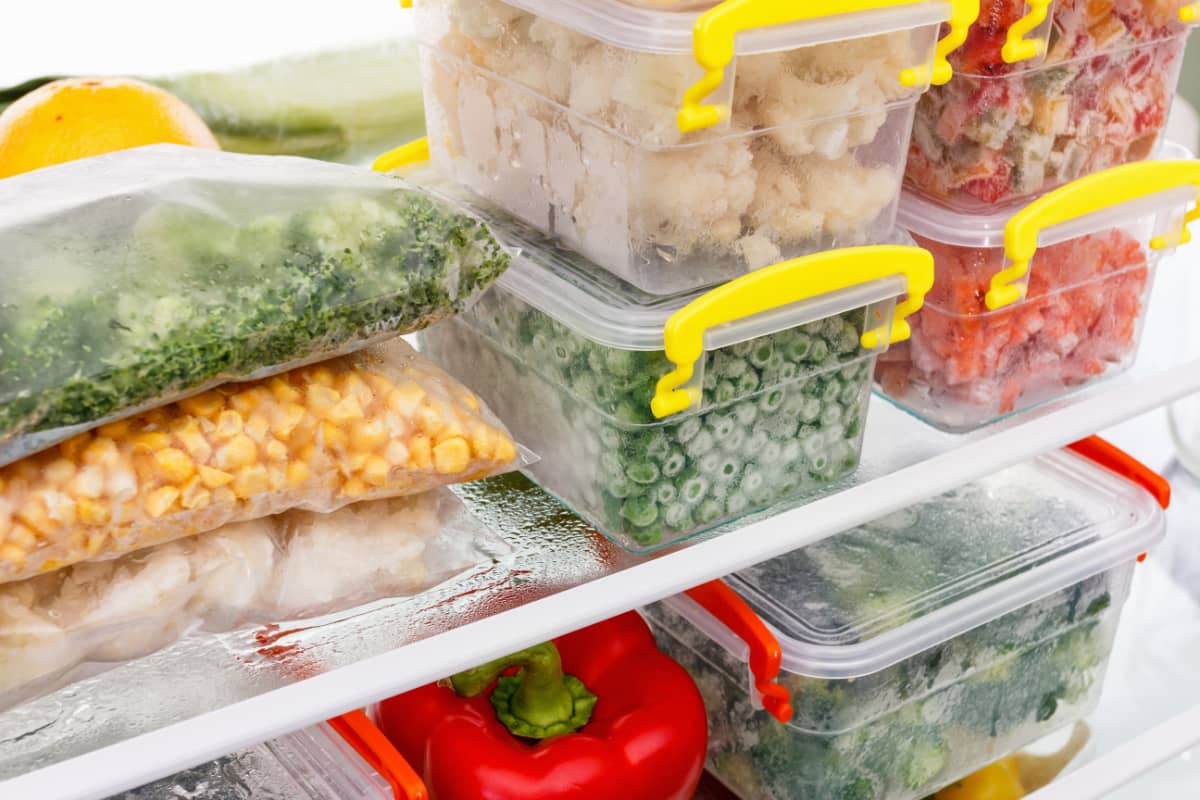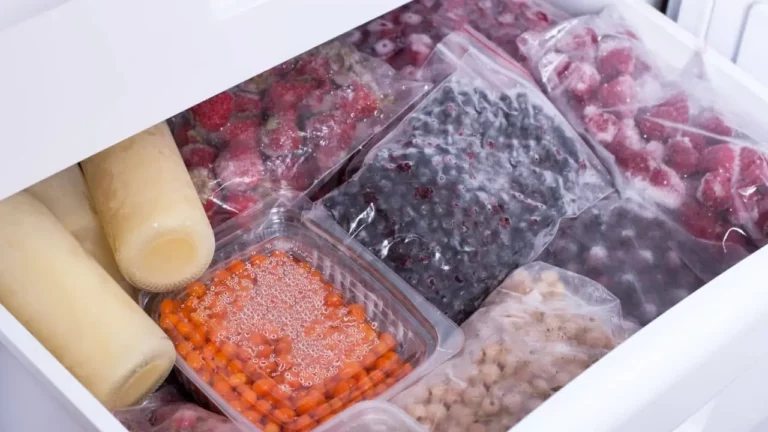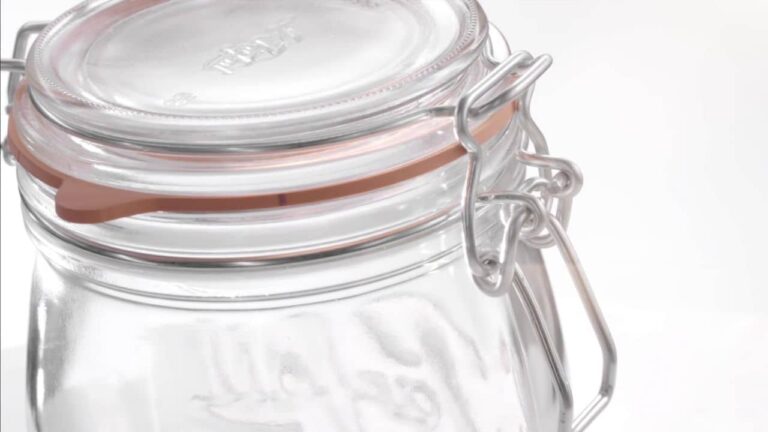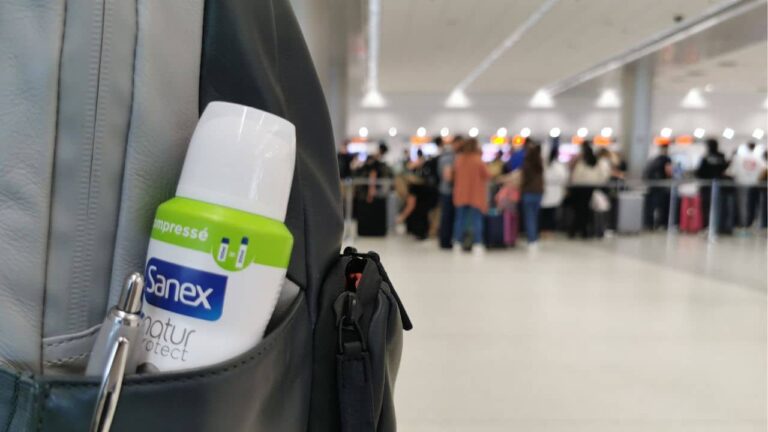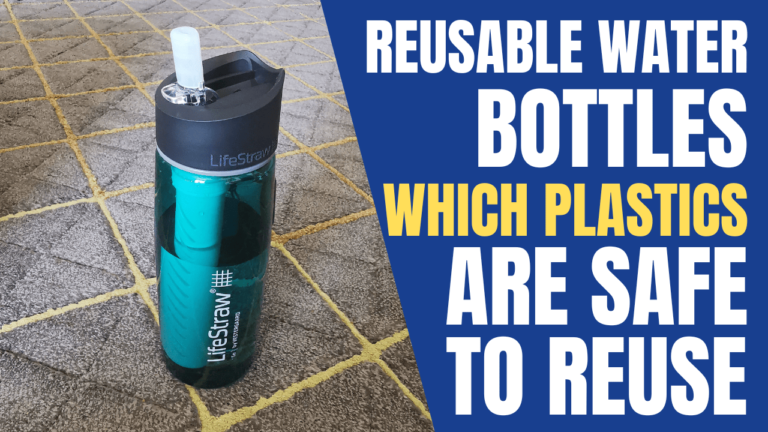How To Transport Food Containers? (Safely With Helpful Tips)
Whether it’s a family or office potluck, a picnic, or taking a casserole over to someone in need, when you need to transport food containers, you need to make sure that you’re keeping your food at the temperature and texture it needs to be.
You also need to pack it well to ensure that the food and your vehicle are both undamaged in the process.
Here are a few helpful tips for transporting food containers safely:
- Use insulated food carriers and beverage dispensers.
- Use aluminum foil for hot food.
- Pack each dish separately.
- Sanitize your containers and vehicles.
- Organize your containers.
- Pack insulation between containers.
In this article, I’ll explain these tips in more detail so that you can transport your food containers safely to your picnic, potluck, or family gathering. Read on so you, your friends, and your family can safely enjoy your delicious cooking!
1. Use Insulated Food Carriers and Beverage Dispensers
Room temperature, between 40-140°F (4.44-60°C), is frequently known as the temperature danger zone for food. At these temperatures, bacteria introduced into your food through improper handling multiply quickly, leading to possible health concerns.
Salmonella, Campylobacter, E.Coli, and Norovirus are all among the five major disease-causing bacteria and viruses in the USA, and all of these can inhabit room temperature food.
Keeping perishables below 40°F (4.44°C) or hot food above 140°F (60°C) is crucial to safely transport food containers. Insulated boxes, bags, or carriers are a great way of keeping hot food hot and cold food cool.
Insulated food carriers and beverage dispensers will maintain the temperature of the food and prevent it from losing freshness and taste as it’s transported to its location.
These boxes, bags, or carriers will also keep your food containers safe from unnecessary jostling by packing them together in a confined space. They’ll also ensure that your food isn’t affected by anything in your vehicle and vice versa.
2. Use Aluminum Foil for Hot Food
Aluminum foil has been used in food packaging for a long period. Its primary appeal is that it forms a barrier around the food, preventing the heat and smell of the food from escaping the container.
Additionally, aluminum foil prevents oxidation and the entry of moisture into your food. Oxidation breaks food down, and moisture can introduce harmful bacteria and fungi into cooked food, so aluminum food is particularly useful.
Even if you don’t have an insulated carrier, you can use aluminum foil to keep hot food within safe temperatures by lining your carrying box and your food containers with aluminum foil. Not only will this prevent heat from escaping your food, but it’ll also ensure an extra barrier in case of any spills.
3. Pack Each Dish Separately
This might seem like common sense, but one of the easiest and safest ways to transport food is to make sure that every dish is packed separately.
Packing cold food separately from hot food will ensure that none of your dishes become lukewarm, unpalatable, and unsafe.
Packing dishes separately also means packing dressings separate from salads. This will prevent your salads from getting soggy. The moisture of the dressings combined with any salt seasoning will draw out moisture from the vegetables, leaving you with a mess instead of a deliciously refreshing salad.
Fried food should be packed in cardboard boxes with sufficient ventilation because ventilation is key in ensuring that your fried food stays crispy. Line the box with tissues or anything else that will absorb moisture from the air. This will prevent your food from absorbing moisture and becoming soft.
4. Sanitize Your Containers and Vehicles
The best way to prevent foodborne illnesses is to keep everything clean and sanitary. It’s second nature for us now to sanitize our cooking utensils. However, since we don’t transport food regularly, it doesn’t occur to us to sanitize our containers.
When you’re transporting food, you need to sanitize the individual package or containers that you’re putting the dishes in as well as the insulated bag or carrier.
The individual containers should be cleaned with a food-safe cleaning option like hot water, dish soap, or vinegar solution. You can choose to use something stronger for the carriers, like unscented bleach and water. To prevent cross-contamination, you must sanitize the containers and wash your hands as you pack each dish.
Before your pack in your food containers, ensure that your vehicle is clean and sanitized as well. You can use a bleach solution or rubbing alcohol to wipe down the surfaces in your car. Line the area well if necessary, especially if you’re not using an insulated carrier for your food.
Everywhere you use bleach, be sure to let the space dry out well so there are no fumes left behind that could harm your or the food.
5. Organize Your Containers
When you’re packing your containers in the vehicle, organize them so that they don’t lose their heat or cold and don’t slip around in the back.
If you’re transporting cold food, it’d be better to place it in the coolest part of your vehicle. So if you’ve got air-conditioning, then consider putting the containers with cold food on the seats. Not only will this be cooler than the boot of the car, but it’ll also prevent the heat of the engine that warms up the car’s floors from reaching the food.
Lay down an anti-slip mat, and pack the containers into a basket if you’re not using insulated containers. Use newspapers or rolled-up towels to pad the containers and keep them snug, so they don’t get jostled when the car moves.
6. Pack Insulation Between Containers
Finally, keep your food moving around and maintain temperature by packing the containers with insulation, even inside an insulated carrier. This means using microwaved hot packs for hot food or frozen gel cold packs for cold food.
Keeping such insulation packs will also prevent food containers from touching each other and losing their temperature due to the difference in temperatures between dishes.
Final Thoughts
Keeping your food at the right temperature during transport is crucial to ensuring food safety. Sanitize everything from your food prep area to your transport and use insulated containers or aluminum foil.
Finally, pack more insulation between your containers and organize them such that they don’t move around when you’re driving.
With these tips, your food should reach your destination safe and ready to eat!
Sources
- Washington State University: Pack Food Safety in Your Lunch
- On The Gas: How To Keep Fried Food Crispy – Prolonging The Life Of Your Wonderful Crunch
- Food Standards Australia New Zealand: Transporting food

